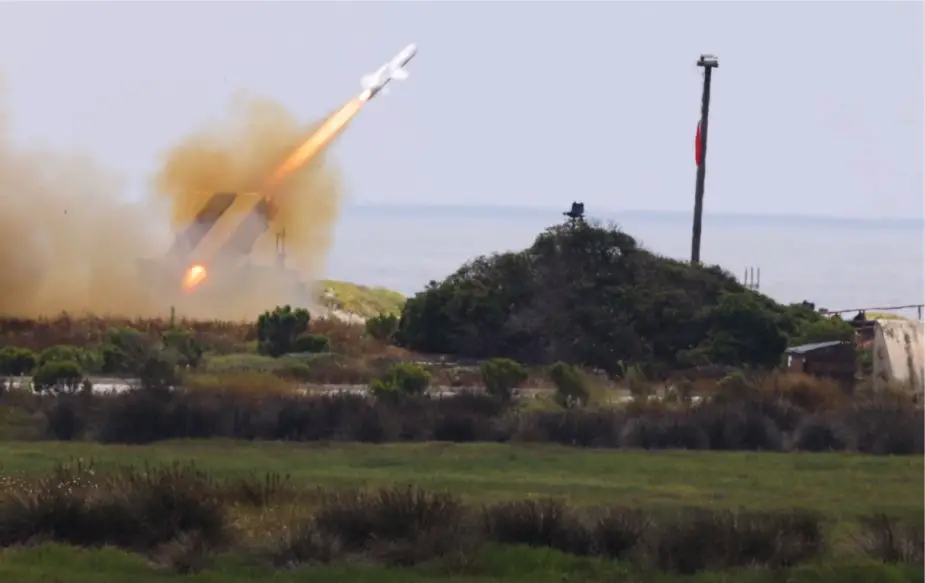Breaking news
US Marines fires NMESIS weapon system for first time since 2021.
According to information published by the US DoD on July 18, 2023, the 11th Marine Regiment from the 1st Marine Division, utilized the Navy/Marine Expeditionary Ship Interdiction System (NMESIS) at Naval Air Station Point Mugu in California.
Follow Navy Recognition on Google News at this link
 Navy/Marine Expeditionary Ship Interdiction System (NMESIS) firing Naval Strike Missile at Naval Air Station Point Mugu, California. (Picture source: Dvids)
Navy/Marine Expeditionary Ship Interdiction System (NMESIS) firing Naval Strike Missile at Naval Air Station Point Mugu, California. (Picture source: Dvids)
NMESIS is a critical component of the United States Marine Corps' growing capabilities in anti-ship warfare. It comprises the Naval Strike Missile (NSM), produced by Norwegian defense company Kongsberg Defence & Aerospace, and a launcher based on a modified version of the Joint Light Tactical Vehicle (JLTV) by Oshkosh Defense.
The NSM is known for its advanced imaging infrared homing technology that enables the missile to find and destroy enemy ships up to 100 nautical miles away.
The missile has stealth features that reduce its radar cross-section, making it harder for enemy defenses to detect and intercept. Its ability to fly at high subsonic speeds and at low altitudes over the horizon further enhances its defense-evading capabilities.
This potent NSM is launched from a modified version of the Joint Light Tactical Vehicle (JLTV) developed by Oshkosh Defense. The JLTV is a highly mobile and robustly armored vehicle, providing enhanced protection against IEDs, mines, and small arms fire.
Its digitally controlled suspension system and network capabilities allow seamless integration with command and control systems. Available in two-seat and four-seat variants, the JLTV is versatile and can adapt to various mission requirements.
NMESIS fits into the broader U.S. military strategy known as Expeditionary Advanced Base Operations (EABO). This strategy focuses on setting up temporary, agile bases across the Pacific to launch a range of operations, including anti-air and anti-ship missions.
This approach has been shaped in response to the increasing naval capabilities of potential adversaries, signaling a strategic shift away from traditional large naval force deployments.



























